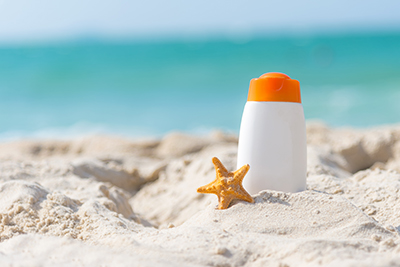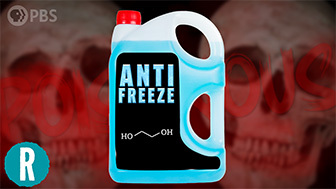FOR IMMEDIATE RELEASE
ACS Polymers Au is a member of the ACS Au family of journals. These publications are open access, and each one focuses on a specific field relevant to chemistry. Here, we take a look at a few recent papers from ACS Polymers Au, which publishes original, cutting-edge and impactful research on polymer science and related areas. The journal welcomes papers on such topics as polymer synthesis, modification and characterization; nanotechnology; energy generation and storage; and biomaterials and biomedical applications of polymers. Reporters can request free access to these papers by emailing newsroom@acs.org.
“A User’s Guide to Machine Learning for Polymeric Biomaterials”
ACS Polymers Au
Nov. 17, 2022
Machine learning (ML), a type of artificial intelligence, could speed up the identification and testing of the next generation of biomaterials. But learning how to incorporate ML into a research program can be intimidating. So, the authors of this perspective developed a step-by-step guide explaining how to implement machine learning methods, and they use a real design challenge they faced as an example.
“Understanding and Modeling Polymers: The Challenge of Multiple Scales”
ACS Polymers Au
Nov. 14, 2022
It would be great to know ahead of time how a material will function before resources are spent making it. Computer modeling can help, but to create a useful model, researchers have to consider size scales spanning atoms to polymer chains, as well as time scales of femtoseconds through years. In this perspective, researchers describe common models that take these factors into account, in addition to strategies to incorporate multiple scales.
“Self-Healing Thermosensitive Hydrogel for Sustained Release of Dexamethasone for Ocular Therapy”
ACS Polymers Au
Nov. 3, 2022
For some medications, injection into the eye is the best option, but drugs such as the anti-inflammatory therapeutic dexamethasone don’t last long, requiring frequent shots. A sustained release implant is available, but alternatives are still needed, say these researchers. In this paper, the team reports an injected self-healing hydrogel that delivers dexamethasone. According to simulations, the hydrogel could provide the drug in the eye for more than a year, compared to hours or a few days with a regular injection.
###
The American Chemical Society (ACS) is a nonprofit organization chartered by the U.S. Congress. ACS’ mission is to advance the broader chemistry enterprise and its practitioners for the benefit of Earth and all its people. The Society is a global leader in promoting excellence in science education and providing access to chemistry-related information and research through its multiple research solutions, peer-reviewed journals, scientific conferences, eBooks and weekly news periodical Chemical & Engineering News. ACS journals are among the most cited, most trusted and most read within the scientific literature; however, ACS itself does not conduct chemical research. As a leader in scientific information solutions, its CAS division partners with global innovators to accelerate breakthroughs by curating, connecting and analyzing the world’s scientific knowledge. ACS’ main offices are in Washington, D.C., and Columbus, Ohio.
To automatically receive press releases from the American Chemical Society, contact newsroom@acs.org.
Note: ACS does not conduct research, but publishes and publicizes peer-reviewed scientific studies.





